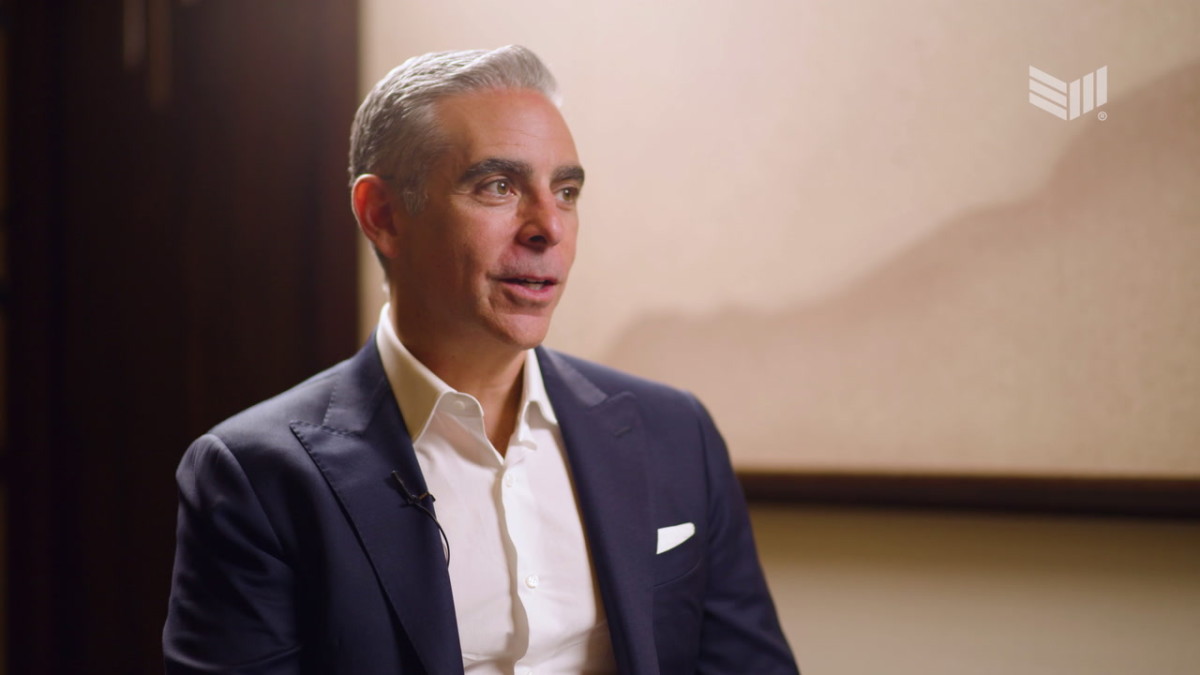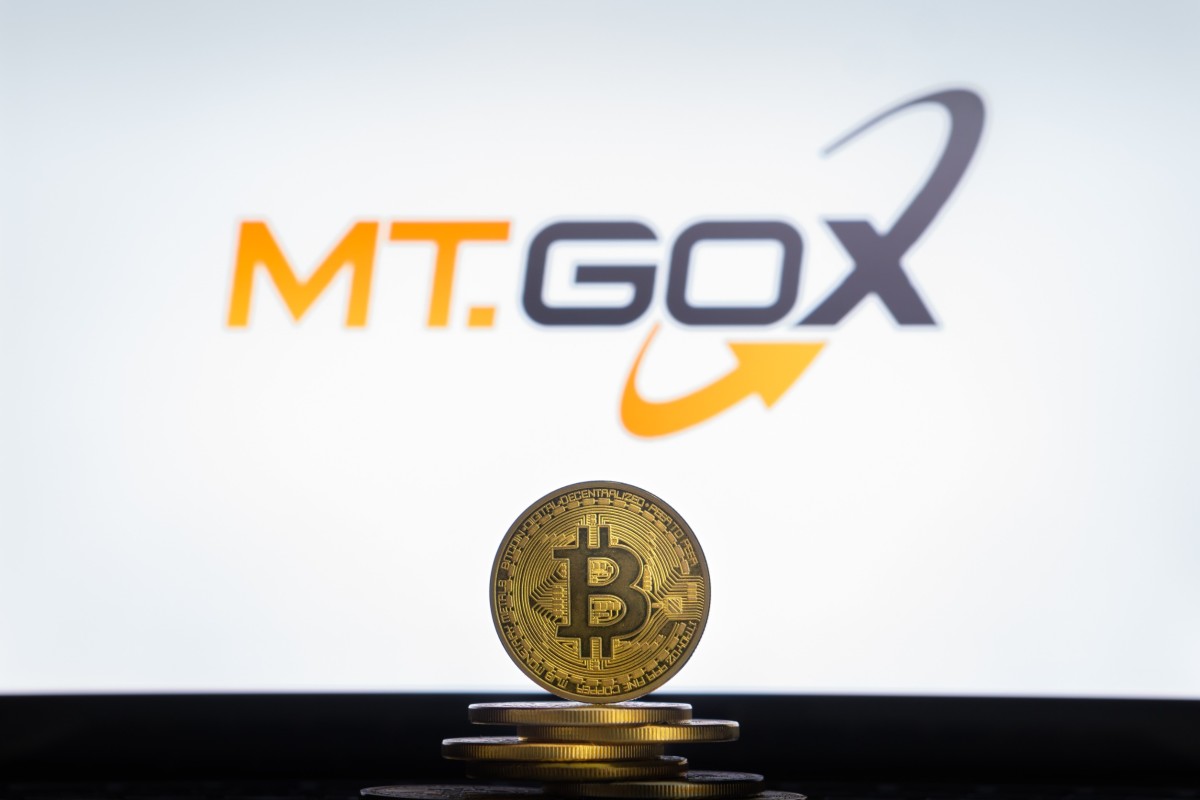Month: July 2024
Japan keeps up yen warnings; 6 trillion yen, 2-day intervention suspected
Post Content
Dollar rises on retail sales boost
Post Content
Asia FX edges higher as rate cut bets dent dollar; TWD, CNY lag
Post Content
New Zealand CPI eases more than expected in Q2, pushes RBNZ rate cut bets
Post Content
Dollar limping, but set to fightback as Fed rate cuts now priced in: Macquarie
Post Content
Mainstream Media Bias Is Bad, But Will Only Get Worse From This Point On
I logged back on to social media after a week offline in the countryside, only to see my timeline filled with news of an assassination attempt on Trump.
My first thought, after noting my impeccable timing, was: “Let me see how CNN frames this.”
And lo and behold: The first thing they wrote was that “Trump was rushed off stage after falling at his rally”.
You may have had a similar thought process like mine, and if you did, you’ll probably agree that the media landscape has changed.
A lot.
Influenced by the political leanings of its workforce, the rise of cancel culture, and the need to make money, this shift has majorly impacted how tech and Bitcoin (and pretty much everything else) are viewed.
So what’s going on here?
Let’s dive into what’s shaping today’s media.
No Monolithic Media Elite
First off, let’s make one thing clear: There’s no secret group of media elites calling the shots.
The idea of a capital “M” Media controlling everything is simply not true.
It’s a myth.
What’s really happening is that many journalists come from elite schools like Columbia, Harvard, or Penn. This trend has brought a liberal bias to the media, not because of a grand conspiracy, but because of the backgrounds and views of those creating the news.
This liberal slant has particularly affected coverage of tech and Bitcoin, making left-leaning media outlets essentially anti-tech.
Generally, liberals have been wary of rapid tech advancements and the decentralized nature of Bitcoin, seeing them as threats to regulations and traditional financial systems.
The Rise of Cancel Culture
Another factor is that the last decade has seen cancel culture take off, where people or companies face public shaming for controversial opinions or actions.
This has also influenced media companies in a major way, making journalists feel they need to align their reporting with prevailing attitudes to avoid backlash.
As a result, media companies have let their employees’ political biases shape the content more than they used to.
Now, you may think this is different from the MSM of previous decades, thinking they aimed to be more balanced and less politically charged.
Sure, political bias has often overshadowed factual reporting, especially in hot-button areas like tech and Bitcoin, but this is nothing new.
Chasing Truth vs. Making Money
At the core of media operations is the struggle between finding the truth and making money.
These companies make money in two ways: advertising, which connects potential buyers with sellers, and subscriptions, which include consumer subscriptions (like your $10/month news subscription) and enterprise subscriptions (like buying a Bloomberg terminal).
If you look back over the last 15 years, the era of mass consumer publications is over. Today, the media is thriving at two ends of the spectrum.
The New York Times, for example, is doing phenomenally well. People might not realize that the New York Times is really a product company at this point, with 30-40% of their business coming from games and cooking, and another big chunk from their subscriptions.
The point is; while journalism ideally seeks to uncover and report the truth, economic realities dictate otherwise.
Media companies need to engage their audience and make money in different ways, so they cater to what their audience wants, sNavigating media bias is important in a digital age when that bias is becoming more pronounced.ometimes sacrificing objective truth, sometimes sacrificing actual journalistic work in favor of whatever brings in revenue.
This explains why media outlets tailor their content to their audience’s preferences.
Editorial decisions about what stories to highlight and how to frame issues are driven by what will attract readers and viewers to not only the story itself but the multimedia ecosystem an outlet wants to offer to remain relevant and economically viable.
A Historical Perspective on Media Bias
But while these different revenue streams are new approaches to media, bias itself is not.
During the American Civil War, newspapers openly supported specific political factions. (Google “Copperhead Democrats” to get an idea of one of three different media outlets all picking a side.)
Today’s media works exactly the same way, only with modern complexities.
Digital platforms and algorithms that curate content based on user preferences have intensified echo chambers, where people mostly see information that supports their existing beliefs.
This echo chamber effect worsens media bias, as outlets produce content that aligns with their audience’s views to keep them engaged.
For tech and Bitcoin, this means negative narratives will stick, making it tough to fight the biases.
Bitcoin Is Not For Everyone
In an opinion piece from last year, I wrote about how Bitcoin is not for everyone, meaning that one has to look at specific groups. The Bitcoin and wider tech industry need to understand and navigate this landscape.
Because having a bent towards certain topics is fine—it’s part of the media. The problem happens when that bias leads to writing things that aren’t factual.
And that is the reason why people have grown to dislike the mainstream media as a whole—not because it has a bias, but because that bias often overpowers factual reporting. This is a relatively new phenomenon.
And from the look of it, it might continue, or media organizations might realize that if they keep doing this, they’ll lose their audience’s trust.
Or maybe the lesson is the inverse: If you go too neutral, your audience might also react negatively, trying to cancel you or pull their contracts.
Most media organizations, whether it’s CNN, the New York Times, or Fox News, know what their audience wants to hear. The only time they face a revolt is when they present the opposite narrative.
So curate your content consumption carefully.
Because I know the world is scary right now, but it’s gonna get way worse.
This is a guest post by Fernando Nikolic. Opinions expressed are entirely their own and do not necessarily reflect those of BTC Inc or Bitcoin Magazine.
Bitso to Bring Bitcoin Lightning to its 8 Million Users via Lightspark
Leading Latin American crypto exchange Bitso has partnered with Lightspark to integrate the Bitcoin Lightning Network onto its platform. This will introduce faster, cheaper Bitcoin transactions to Bitso’s user base of over 8 million retail clients and 1,700 institutional customers.
Bitso will leverage Lightspark’s infrastructure to enable Lightning transfers. Lightspark will host the nodes while Bitso retains control of the private keys in a remote signing setup.
The integration comes as Lightning Network adoption spreads globally, making payments with Bitcoin faster, smoother and less expensive.
According to Bitso’s research, 53% of crypto wallets in Latin America hold Bitcoin. Trading pairs against local fiat currencies are also widely used. Thus, Lightning is a natural fit to upgrade Bitso’s existing infrastructure.
Daniel Vogel, co-founder and CEO of Bitso, said, “We’re thrilled to partner with Lightspark to bring Lightning to our platform. This advances our mission of making crypto useful by delivering faster, more cost-effective, and transparent money transfers.”
With Lightning, Bitso can offer near-instant Bitcoin transactions at a fraction of the cost of regular on-chain Bitcoin payments. This unlocks new potential payment and remittance solutions for both retail and enterprise clients.
Lightspark CEO David Marcus said Bitso “shares our vision of building open payments for the Internet. This gets us closer to that goal. We know people across Latin America want this solution.”
As a pioneering Latin American exchange with millions of users, Bitso’s integration of Lightning is a milestone in increasing Bitcoin adoption.
Mt. Gox Moves $6 Billion Worth of Bitcoin
The rehabilitation trustee for the now-defunct Mt. Gox exchange moved over $6 billion worth of bitcoin on Tuesday morning as it took further steps toward reimbursing creditors.
JUST IN: Mt. Gox moved 95,870 #Bitcoin worth $6 billion to unknown addresses 👀 pic.twitter.com/duCIiVPcsK
— Bitcoin Magazine (@BitcoinMagazine) July 16, 2024
On-chain data shows that Mt. Gox’s wallet transferred around 95,870 BTC across two transactions to newly-created addresses. The first shift of 47,000 bitcoin was valued at nearly $3 billion.
The destination wallets remain unidentified but are presumed to be linked to Mt. Gox’s ongoing repayment process. The exchange owes creditors $9 billion in total, stemming from Bitcoin lost in Mt. Gox’s infamous 2014 hack.
Saturday’s large transactions follow initial smaller test transfers last week as Mt. Gox prepared to distribute funds. Analysts have feared the payouts could weigh on Bitcoin’s price if creditors immediately liquidate holdings.
So far, the transfers have coincided with dips below $64,000 as markets reacted cautiously. But the expectation remains that most creditors will hold the restored coins rather than rush to sell.
While unnerving for traders, the long-awaited Mt. Gox reimbursement will close the book on one of the Bitcoin industry’s most infamous episodes. Tens of thousands of early adopters lost holdings when the pioneering exchange collapsed.
Over eight years later, creditors will finally recoup some of those early losses. The saga underscores Bitcoin’s resilience and the community’s commitment to accountable custody and transparent transactions.
Dollar edges higher on Trump ascendancy; ECB meeting looms
Post Content
Asia FX muted as dollar perseveres; yen on intervention watch
Post Content







